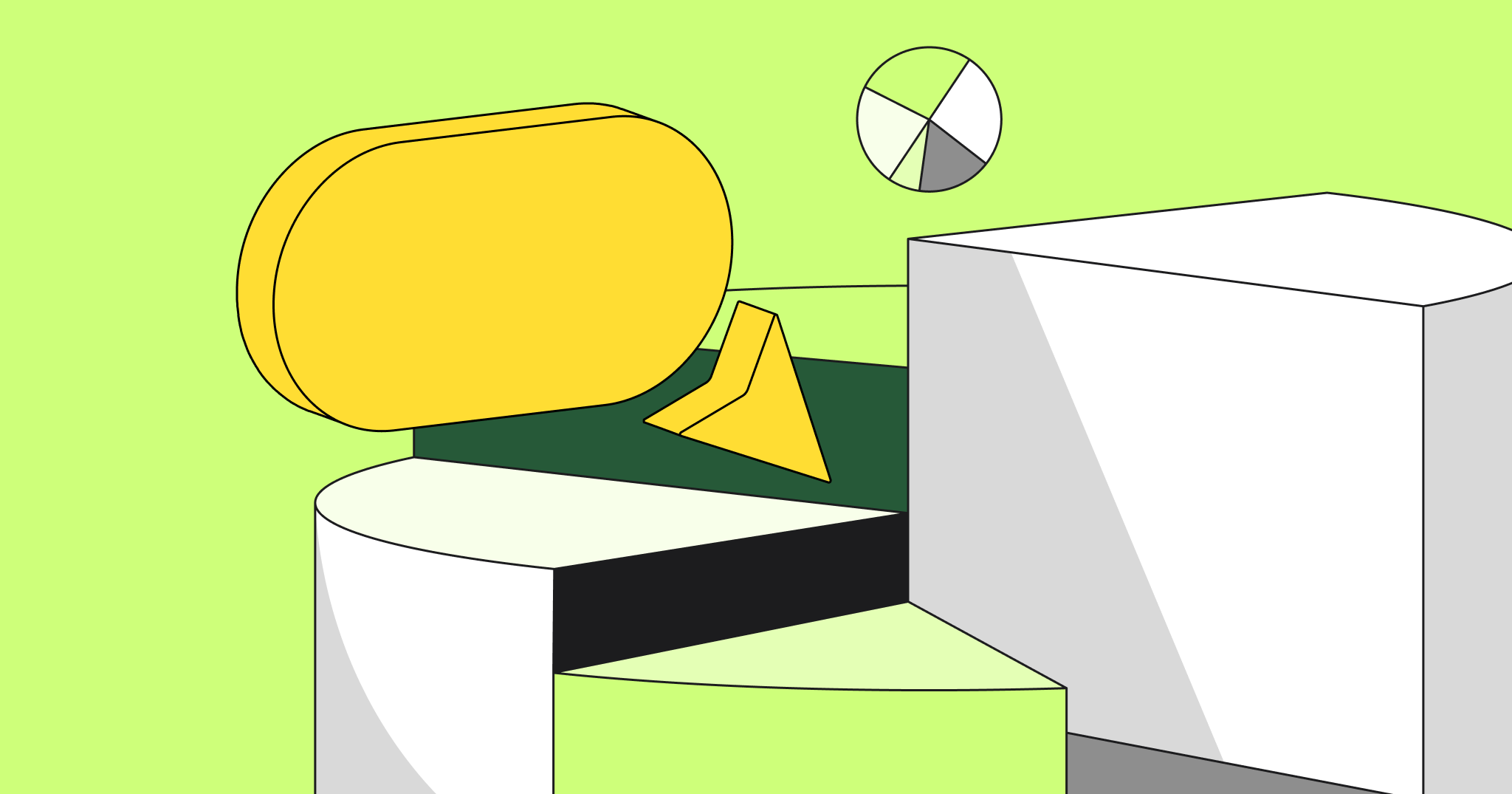Platforms vs. products: what’s the difference?
Products are designed for customers. An individual customer has a problem, and you provide a solution. However, this approach assumes that you know the solution.
We wanted to challenge this assumption. We started Platform Design Toolkit because we’re certain that brands don’t have all the answers, especially in a complex age, with wicked problems arising. Instead, platforms are about scaling interactions so that solutions can emerge organically from all the interactions in the system.
In practical terms, platforms are channels that connect people and services so that everyone can fully leverage their potential. This is different than just providing everybody with a consumable solution. Building products is similar to building houses, which are a specific answer to a need for shelter. Building platforms is like building a city where you just need an infrastructure: you make the zoning laws, but then the participants build the houses.
Airbnb is one of my favorite examples of a successful platform. You let people self-organize, so the potential – in this case, real estate potential – connects to the need. So if I’m traveling to a city where my sister lives and she’s going to give birth to my nephew, I need to find a place near the hospital. Maybe there’s no hotel there, or there’s just one hotel. Airbnb provides the potential to organically meet niche needs. It would be nearly impossible for a hotel chain to meet these needs. It’s about letting the solutions organically emerge.
PROFILE
Boundaryless
Helps organizations create platform strategies. It’s the company designing, evolving, and promoting the Platform Design Toolkit, and boundaryless organizational thinking worldwide.
Founders: Simone Cicero, Luca Ruggeri, Eugenio Battaglia and Lisa Gansky
Founded in: 2013
Elements of a successful platform
The problem with the traditional design approach for building digital products is that it doesn’t broaden solutions. On the other hand, platforms tend to put users on the front lines and let them interact directly with the producer.
Unlike products – in which the larger you grow, the harder it is to bring in new customers – platforms become more attractive as they grow, because of the network effects. When designing a platform, it’s essential to understand supply and demand, and to know how to leverage the network.
There are two essential elements to each platform: channels for interactions and systems for scalable learning. Designing a platform means that you embed these two elements into everything you design. So you think, “How can I make it easier for people to interact, and how can I design a system of learning services so that users can become better and get into continuous improvement?”
Platforms can be designed to be loose enough so that in addition to the standard way of interacting, participants can “hack” the system to fit their expectations. Over time, they will tell you how they’re using the platform, and then you can incorporate this new behavior. It’s an evolutionary approach.
The Platform Design Toolkit provides a good language and a set of approaches that you can integrate into your practice. It’s also a powerful shortcut to get teams to start thinking in terms of networks and platforms, with a shared view.
Designing your own platform?
Get started
Designing for growth
Here’s how you lay a foundation for the growth of your platform:
“Boundaryless thinking”
This means not imposing limitations to the design. For example, if you’re designing a platform that organizes the market for car maintenance, why not also include bikes? Bikes require the same skill set and need the same tools, so it would be foolish to create something just for cars. Whenever you can, avoid limiting demand or supply. That’s the idea of boundaryless thinking.

Launching Platforms: Growth Hacking & Network Effects
Designing for trust
Platforms make it possible for people to move from interacting with organizations to interacting with their peers. So they need to not just trust you as a mediator or facilitator, but they also need to trust other users. When people use Airbnb, they need to know that someone who sleeps in their house won’t cause damage.
A lack of trust is one of the main issues that can hinder growth. You need to design reputation systems that can generate this trust. Here are a couple of approaches from leaders in this field:
- Joe Gebbia: How Airbnb designs for trust — the co-founder and Chief Product Officer of Airbnb shares his insights.
- BlaBlaCar: Entering the trust age — a report created by BlaBlaCar together with NYU Stern Professor and sharing economy specialist, Arun Sundararajan. They looked at the mechanics of online trust, and the resulting level of trust created, with implications for the entire sharing economy. A Europe-wide survey of BlaBlaCar members generated responses from 18,289 members across 11 countries.
- D.R.E.A.M.S. framework — BlaBlaCar method for generating trust between strangers.
Designing for attraction
Start by capturing weak signals coming from the system. Then, design a platform that will make these existing signals resonate. You amplify people’s behaviors, instead of trying to build new ones. I always say that platform strategists amplify the music. If there is no music, there is nothing to amplify.
If you want to design for growth, try to be mindful about catching the signal and seeing if there is this potential that is trying to express itself. For example, Airbnb was growing so fast because the industry was already trying to express its potential. The problem that it was lacking reputation tools, payment tools, and booking tools.
Be open
The more we go forward, the more we’ll see new kinds of decentralized platforms. They are likely to be different from the traditional platforms that we have been seeing in the last five or 10 years.
With less centralized platforms in mind, we need to understand how to deal with growth that’s not generated by scaling up, but by scaling across: locally, in specific contexts, but still generating network effects. It’s about creating shared languages, so that local networks can interact with each other without having a center of gravity.
The future is not about everybody being on Airbnb, but maybe about local networks working together. Right now, there are a lot of questions about how to deal with network effects of distributed systems. We are researching this subject now in the context of blockchain and all these token-based distributed networks.
Common mistakes when designing platforms
Every platform is made up of supply and demand. Network effects take a lot of effort to keep up. There’s an initial threshold of liquidity that you need to hit. If a market isn’t liquid, it means that there’s not enough supply for the demand.
There is no one-size-fits-all solution to finding liquidity; it depends on the characteristics of your marketplace. For each platform, there’s a threshold between the number of producers and consumers to generate a self-sustaining liquidity that will attract more participants, because they see value in this platform.
The biggest issue I see with platform thinkers is not focusing enough on the launching phase. They spend a lot of time and put together a lot of assumptions like, “Okay, this is going to work like that…” And then they launch and hope for things to happen, but the system doesn’t work as intended.
You may need to subsidize one side of the equation – for example, when Apple launched the iPhone, there were no “external” app developers. They focused just on the consumer. Then, at some point when there were enough customers, they opened the space for developers to make applications. There’s a lot of recipes that strategists can be inspired by, but at the end of the day, each specific market is different.

Growth Hacking & Liquidity in Platforms
Looking for a tool to align your design team?
Try Miro free
Advice for aspiring platform creators
Study business cases and try to learn more about your industry.
As Paul Graham said once “being an entrepreneur today is like being a historian”. By studying the stories of companies that existed before you, you can get inspiration for how they solved similar problems.
Don’t build anything before you validate your assumptions.
Before building anything, try catching weak signals, come up with a strategy, and do validation. The era of Airbnbs and Ubers has ended. We are dealing with a much different context now. Platforms are set to play an increasing role in organizing a world that is rapidly edging towards chaos and complexity. Energy, welfare, food, and education industries are going to grow in importance, and so is the governance of these increasingly life-critical platforms. We are going to have to organize lots of new institutions, and platform creators are the ones who can build a more secure and collaborative society in the next 20 years.




